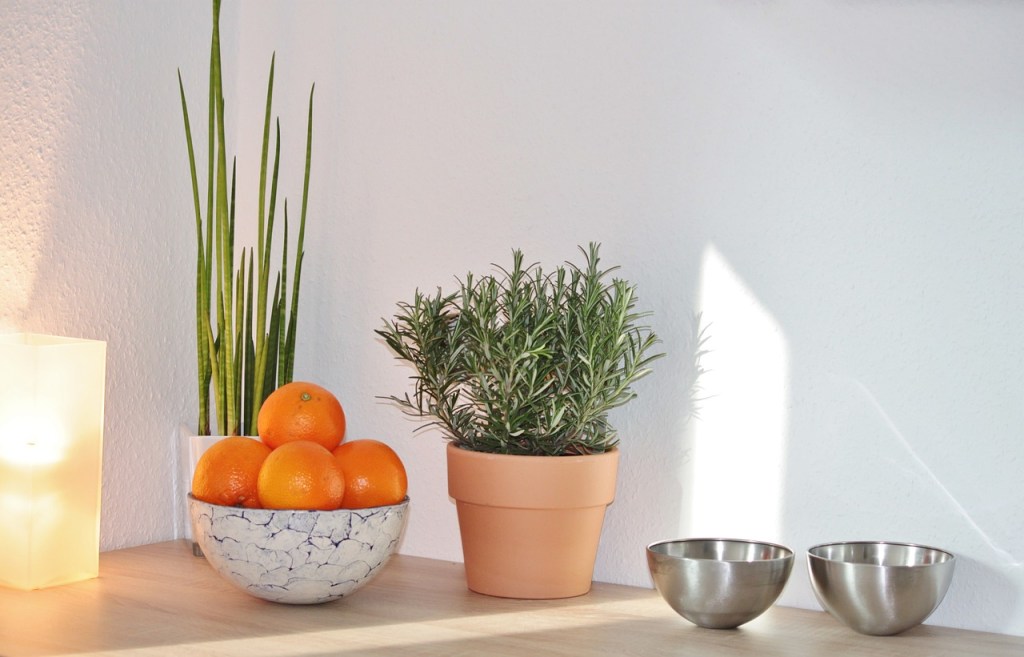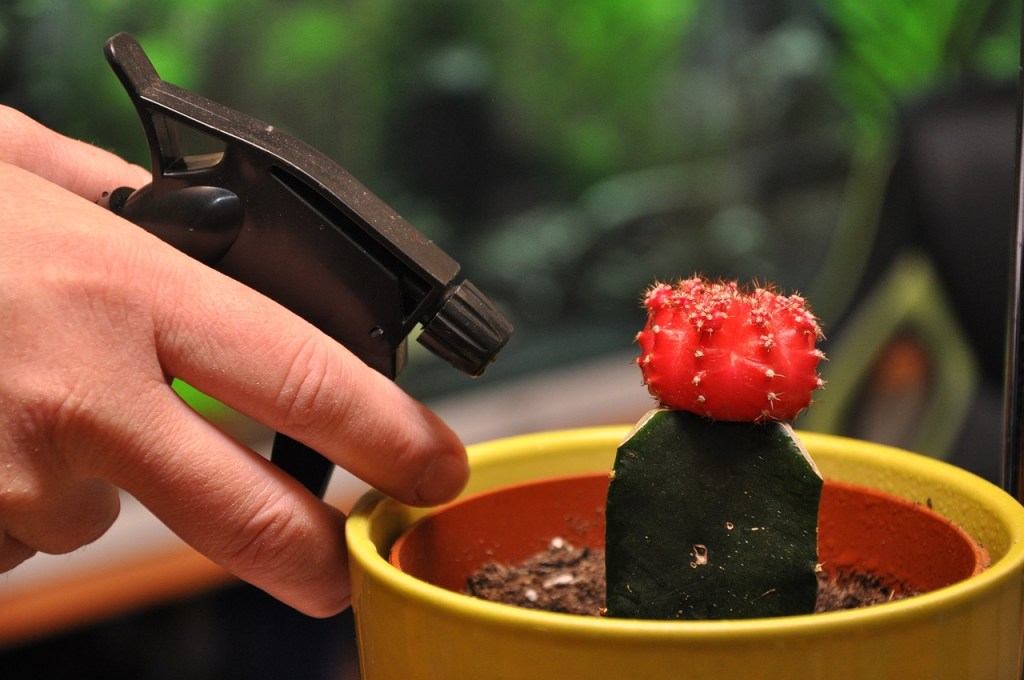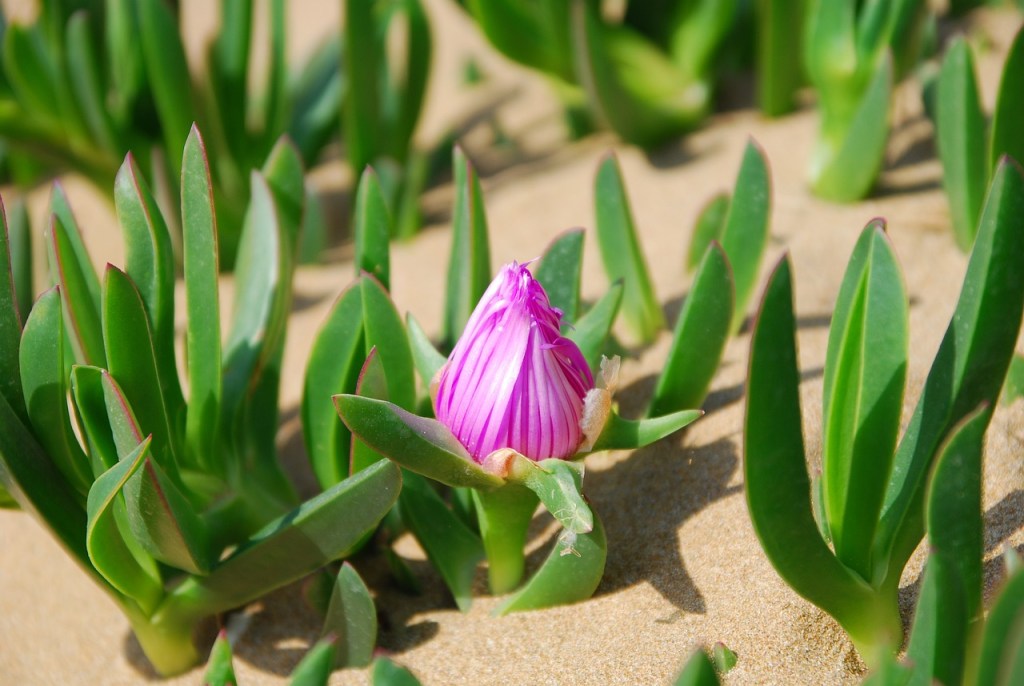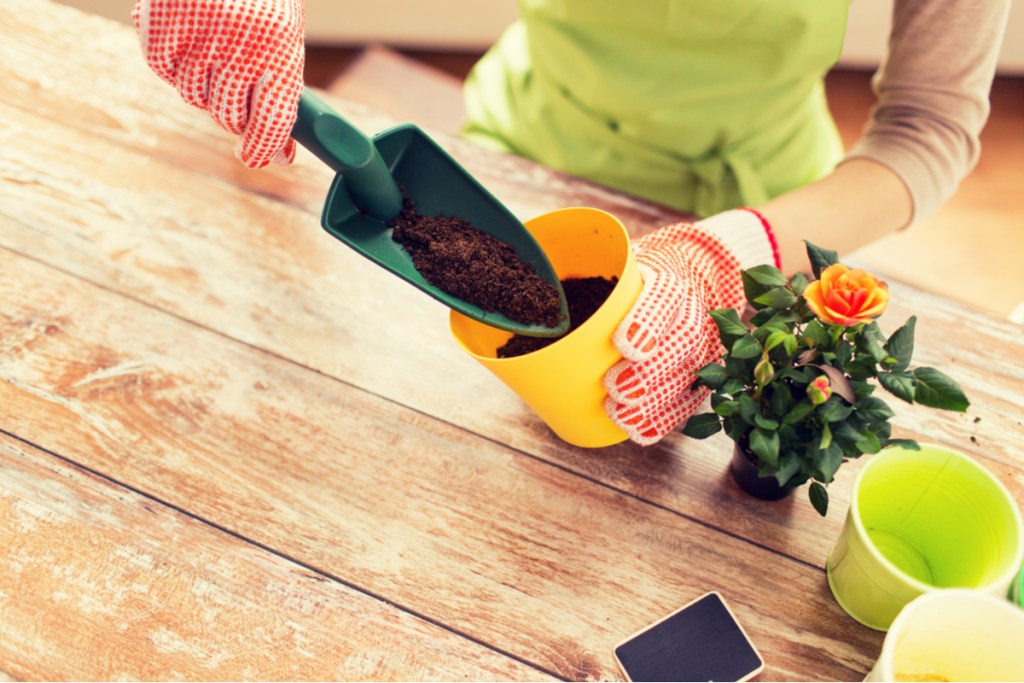In most cases, gnats are little more than a nuisance. For gardeners, though, a gnat infestation can spell devastation. While adult gnats don’t damage plants, the larvae will eat roots and leaves. In large numbers, they can cause serious damage. There are many pesticides on the market, but some plants are sensitive to the chemicals in them.
If you’re looking for a gentle solution to your gnat infestation, here's how to get rid of gnats in plants without harming your leafy friends.

Soap and vinegar
Here's how to make a simple trap:
Step 1: Mix 1 cup of warm water, 1 teaspoon of vinegar, and a few drops of dish soap together in a cup or bowl.
Step 2: Place the cup or bowl near the infested plant(s).
The gnats will dive into the trap to get the vinegar, but will be unable to escape.
Step 3: Replace the trap as it fills up with gnats, repeating until the infestation is gone.

Hydrogen peroxide
Hydrogen peroxide is a common household antiseptic, but it's also good for plants. In addition to killing gnats and other small insects, hydrogen peroxide can also kill some bacteria and fungi, and it adds oxygen to the soil.
Here's how to use it:
Step 1: Dilute the hydrogen peroxide with water at a ratio of 3 teaspoons of hydrogen peroxide to 1 cup of water.
Step 2: Add the mixture to a spray bottle.
Step 3: Spray your plant with the mixture twice a week until the gnat infestation clears up.

Coating the soil with sand
Gnat larvae live under the soil for the first portion of their lives, but they come to the surface when they become adults. Covering the surface of the soil with a layer of sand prevents the larvae from emerging.
This will end your gnat infestation. It prevents a new generation of gnats from being born, as the gnats trapped underground won’t be able to lay eggs.

Repotting your plant
If the infestation is too much, then repotting your plant may be the best option. Here’s what to do:
Step 1: Prepare a new pot with clean soil.
Don’t reuse the old soil, as it may be contaminated with gnat larvae or eggs.
Step 2: Carefully remove the plant from its pot.
Step 3: Brush off as much dirt as possible from the roots.
Step 4: Place your plant in the new pot, adding more soil around it as necessary.
Step 5: Move your repotted plant to a different location, away from any remaining gnat swarms.
Gnats can be irritating, but now you know how to get rid of them. Remember, you can use more than one method at a time, too. These methods will work for other, similar pests as well, so they’re handy to keep around, even if gnats aren’t bothering your plants right now.
Editors' Recommendations
- Plant these stunning flowering shrubs for a showstopping garden display this spring
- Growing cocoa plants in the U.S. is difficult (but not impossible): What we know
- Your guide to miniature rose care for a beautiful spring garden
- Create a cardinal bird sanctuary in your garden: Grow these plants
- Focus on color: Bring some sunshine to your garden with these orange plants



